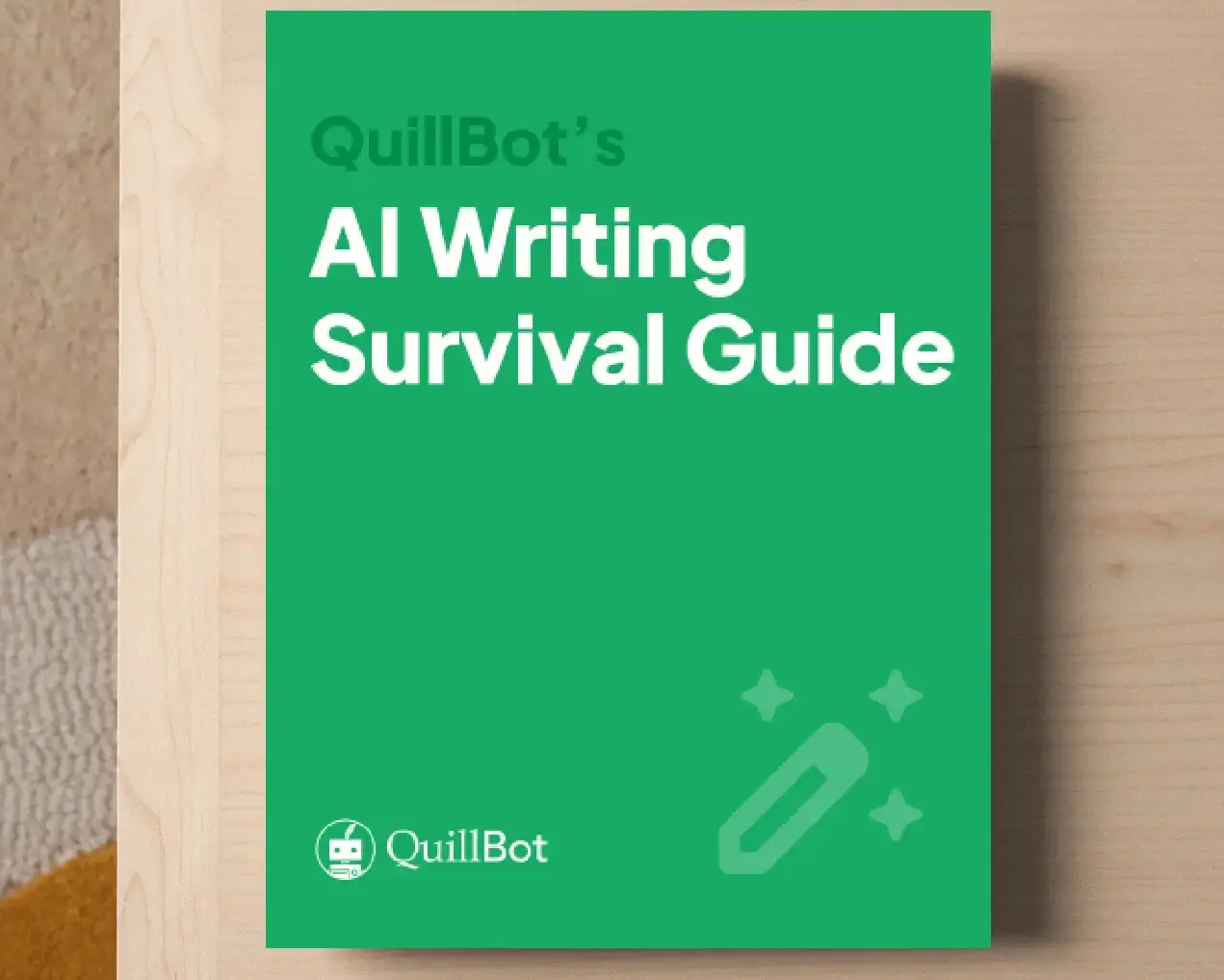Second Person Point of VIew | Definition & Examples
A second-person point of view is a narrative technique where the writer uses the pronoun “you,” directly addressing the reader. This turns the reader into a character or even a protagonist in the story. Although uncommon in fiction writing, second-person narration often appears in video games, tabletop games, recipes, and instruction manuals, where giving direct instructions or choices makes sense.
What is second-person point of view in writing?
Point of view in literature determines who is telling the story and, by extension, how the reader experiences it. In first-person point of view, for example, the narrator uses “I,” “me,” and “mine” to tell the story directly from their perspective.
In second-person narration, the story unfolds as if the events are happening to you, placing the reader in the center of the action. When used effectively, this point of view can be highly immersive, making the reader feel part of the story world.
However, it’s also difficult to sustain over longer works. Some readers may find it manipulative or alienating—especially when the narrator describes how they feel or act, giving them no control over their own role in the story. Unless the text is interactive, the reader becomes a passive participant in events they are supposed to drive. For that reason, most authors use second-person narration sparingly, often in short stories or single chapters, to achieve a specific emotional or stylistic effect.
Second-person point of view examples in literature
Whereas first- or third-person point of view is common in most novels, second-person narration appears less frequently, often in experimental works or short stories, and is used to create intimacy, immediacy, or a sense of unease.
In his short story The Haunted Mind, Nathaniel Hawthorne explores the time between sleep and wakefulness. By using a second-person point of view, he forces the reader to become the subject of the story and personally experience the events that unfold.
Jay McInerney’s “Bright Lights, Big City” (1984) is one of the few novels written entirely in the second person. It follows a young man navigating the disorienting nightlife and fast-paced culture of New York City while his personal and professional life spiral out of control.
By addressing the protagonist as “you,” McInerney immerses the reader in his fragmented state of mind. The perspective creates both intimacy and discomfort: the reader experiences the character’s confusion and self-denial from within, blurring the line between observing and being him.
Italo Calvino’s “If on a Winter’s Night a Traveler” (1979) is a novel made up of alternating chapters—half written in the second person, half as fragments of other stories. The plot follows “you,” the Reader, who keeps trying to start a new book that continually restarts and shifts direction.
This perspective draws attention to the process of reading—its interruptions, expectations, and surprises—and invites reflection on how stories are shaped by those who read them. The result is playful and thought-provoking, turning the simple act of reading into an adventure.
Why authors use the second-person point of view
Writers use the second person to bring readers closer to the story and make the narrative more immersive. They may decide to use the second-person because:
- It engages the reader: The use of “you” blurs the boundary between the reader and the narrative, prompting reflection and empathy, and can create tension by placing the reader in uncomfortable or morally challenging situations.
- It is effective in specific genres: Second-person narration is especially useful in interactive or adventure narratives, like “choose your own adventure” stories, and in horror and suspense tales, where it heightens tension and makes readers feel that danger is happening directly to them.
- It is an experimental device: Writers often use second-person POV to play with narrative voice, challenge conventions, or create a playful or unconventional reading experience.
- It leaves a lasting impression: By engaging readers emotionally and intellectually, second-person POV transforms reading into an experience that lingers long after the story ends.
Frequently asked questions about second person point of view
- Which pronouns are used in second-person point of view?
-
Second-person POV uses the pronoun “you” to address the reader directly. It can also include related possessive forms like “your” and “yours” to describe the reader’s actions, thoughts, or belongings within the story.
If you’re writing a story in the second-person point of view, you can use QuillBot’s Grammar Checker to make sure your narration stays consistent and error-free.
- What are first-, second-, and third-person POV examples?
-
Different points of view use distinct pronouns to show who is experiencing the story and how it’s told.
First-person POV uses pronouns like “I,” “me,” “my” (singular) or “we,” “us,” “our” (plural). Example: “We walked through the forest, feeling the damp leaves under our feet.”
Second-person POV uses “you” and related forms like “your” to make the reader the protagonist. Example: “You step into the room, heart racing as the shadows shift around you.”
Third-person POV uses character names or pronouns like “he,” “she,” or “they.” Example: “Anna walked into the room, feeling a shiver run down her spine.”
- Which books are written in second-person POV?
-
Notable examples of books written in second-person point of view include Jay McInerney’s novel “Bright Lights, Big City,” Italo Calvino’s “If on a Winter’s Night a Traveler,” Tom Robbins’ “Half Asleep in Frog Pajamas,” and Chuck Palahniuk’s “Diary.”
Curious to explore more books written in second-person POV? Try QuillBot’s AI Chat to quickly discover titles, summaries, and insights.
Cite this Quillbot article
We encourage the use of reliable sources in all types of writing. You can copy and paste the citation or click the "Cite this article" button to automatically add it to our free Citation Generator.
Nikolopoulou, K. (2025, November 03). Second Person Point of VIew | Definition & Examples. Quillbot. Retrieved November 5, 2025, from https://quillbot.com/blog/creative-writing/what-is-second-person-point-of-view/

